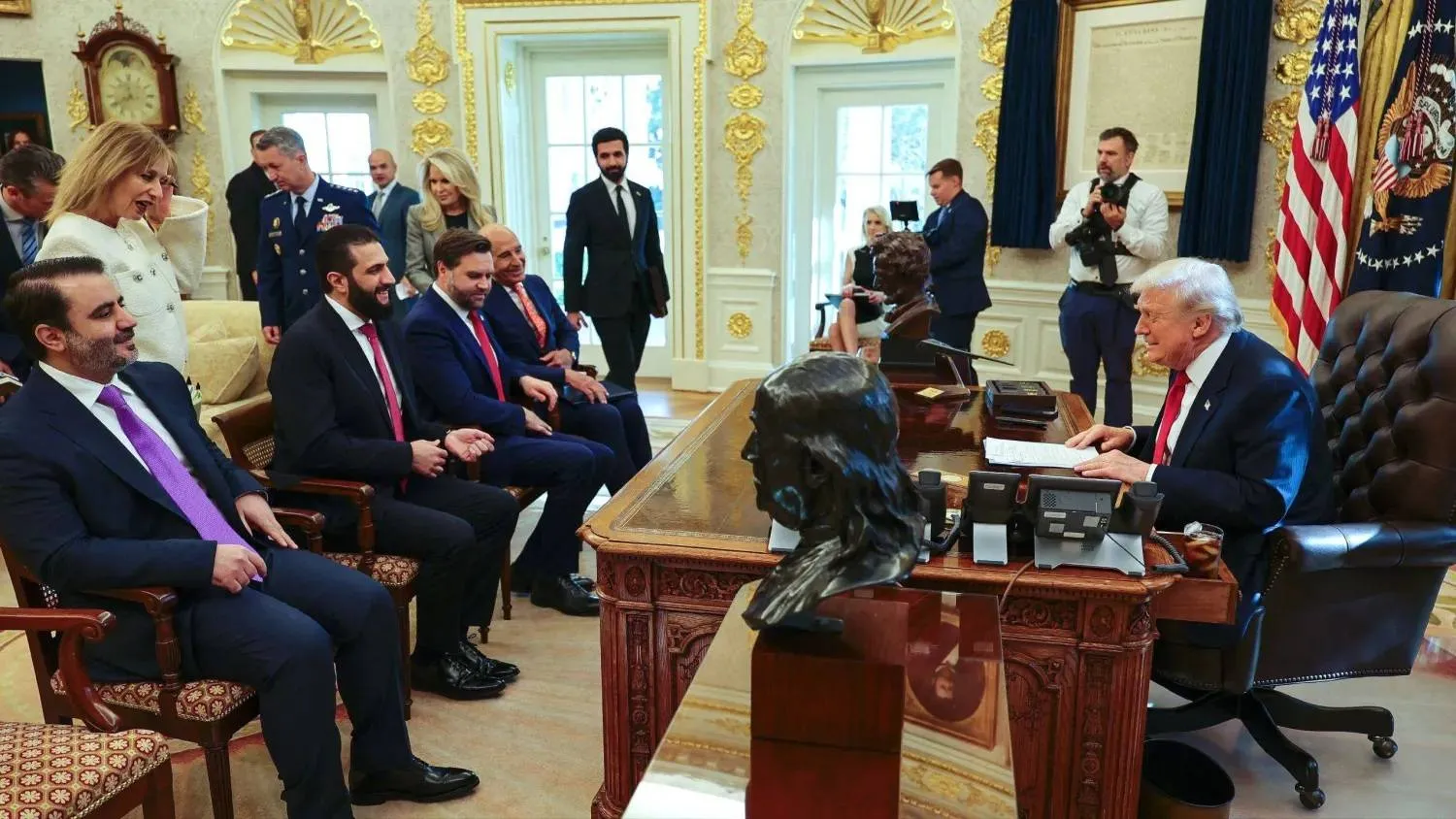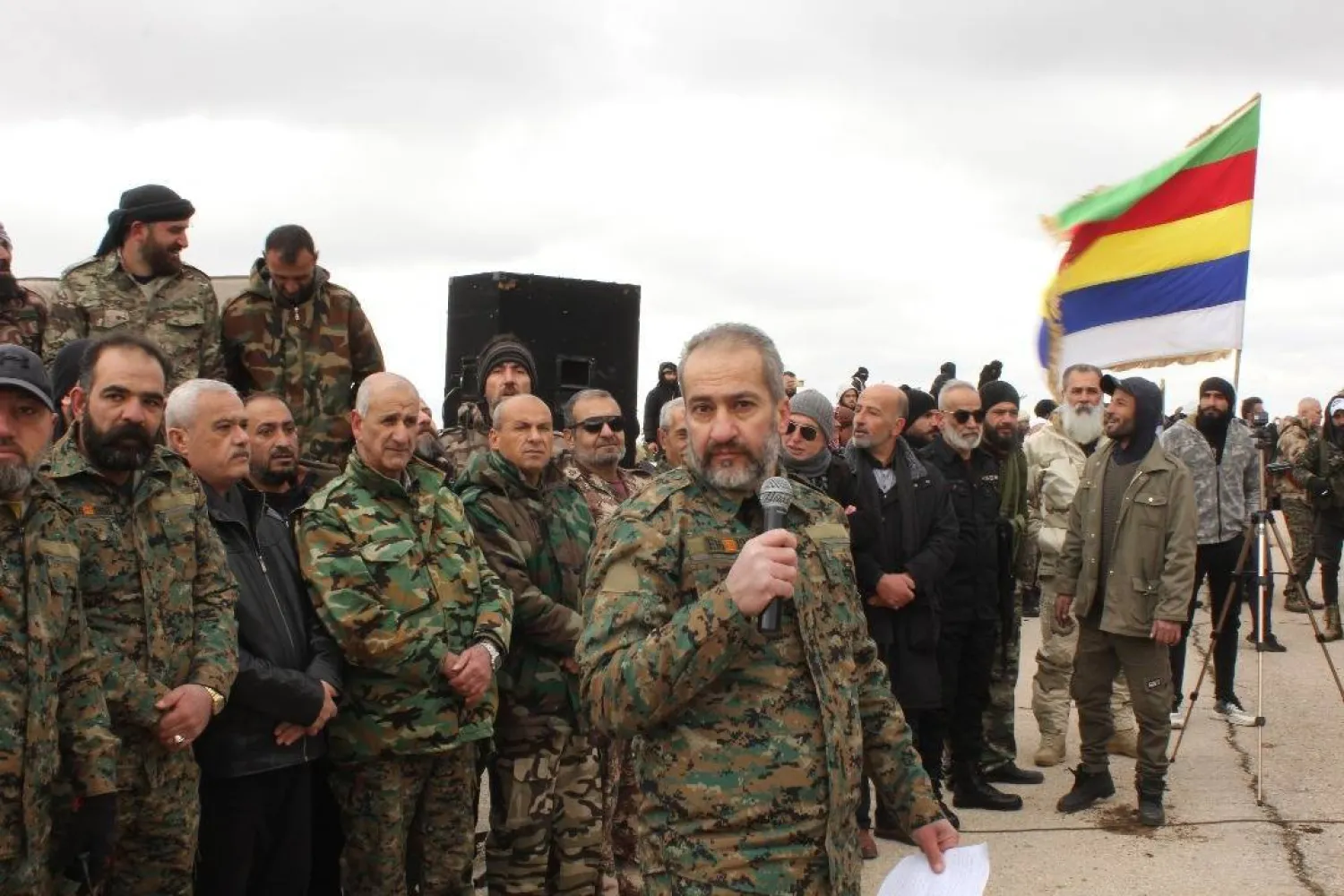The residents of Kyiv endured another long night amid warnings of hovering Russian jets. Sirens pierced the silence of the previous night and government warnings of Russian artillery fire were sent through sms messages
The Ukrainian capital wakes up every morning to more soldiers arriving in the city. Some are affiliated with the interior ministry, and are less armed, the defense ministry and army, who are more professional, and others are part of the elite troops and republican guard. They head to the fronts to wage battle with the Russians or change shifts with their colleagues who spent long hours fighting the invading troops.
It is a common sight to see armed soldiers at grocers. One told Asharq Al-Awsat that he had just arrived in Kyiv and that he is affiliated with the interior ministry.
Restaurant owner, Igor, 27, has now become an army chef. He offers meals to the troops and also funds professional programmers so they can do their job in hacking Russian websites. Igor did not elaborate because hacking is still illegal.
Larry, 29, is one of the several hackers who have become more active since the eruption of the war in February. Before agreeing to talk to Asharq Al-Awsat, he set a list of issues related to professional hacking and the number of people working with him that he refused to divulge.
The electronic war is active on more than one front and it was certainly not ignited by the Ukrainian war. Hours after the break out of the war on Ukraine, the majority of government websites were targeted by a hack. Touristic and political sites were down, as was the official post. In just two days, all official websites were down. Embassies abroad had to resort to using the telephone to get work done.
Days into the war, several mobile phones in Ukraine were also hacked. The phones of activists were flooded with calls from bots and people who delivered threats and insults. Some activists opted to shut down their phones instead of having to deal with bots. This inevitably led to a breakdown in communication between volunteer groups that were handing out relief aid.
Larry is a professional hacker. He develops small and light computer applications that can be used by amateur or regular users.
"These apps have been around since the beginning of the internet. Cyber attacks are carried out through these apps. Every few days, I develop and send them to fellow hackers," he told Asharq Al-Awsat. "All they have to do is download them on their devices and follow the steps."
"Of course, we set the date and time to start the attacks against specific websites. Every once in a while, we hack a number of Russian websites, given how many volunteer amateur hackers are available at a time," he added.
This is one of the most primitive attack on servers, and yet, it is still effective. This line of attack has shut down hundreds of Russian websites.
"Dozens of Russian sites are shut down every day. They buckle under the pressure of requests that the targeted servers cannot handle. This has become a sort of national hobby," said Maqsoud, 29, a Ukrainian of Azerbaijani origins. He used to work in providing servers to major companies, but since the beginning of the war, he turned into an electronic soldier.
Like Larry, he refuses to reveal information that could give away his identity and type of hacking he does. He agreed to talk to Asharq Al-Awsat after listing a number of conditions.
As he was talking to Asharq Al-Awsat, a huge explosion was heard in northern Kyiv, just 10 kms from where we were. A residential building was struck by the Russians, while defense systems worked to shoot down Russian jets or missiles.
Maqsoud said the hundreds of thousands of youths, who are at home and who could not volunteer or join the fighting, can simply take part in the war through their computers.
"It has become a national hobby. We are pleasantly surprised with the number of hackers that has ballooned since we started our activity," he remarked.
Maqsoud and Larry said they did not expect their capital to fall in the hands of the Russians. They refuse to leave their city. They said that every person has made their choice. Those who wanted to leave, left in the early days of the war. Those who remained have made their final choice, they added, declaring that Russian tanks will not make it to the heart of the city.
But what if they did? Larry replied: "This is not heroism. We have no choice but to fight with what we have and what we know. Perhaps we may learn how to make Molotov bombs. But I can never imagine Russian flags fluttering in Kyiv or non-Ukrainian tanks roaming its streets. That's impossible."









